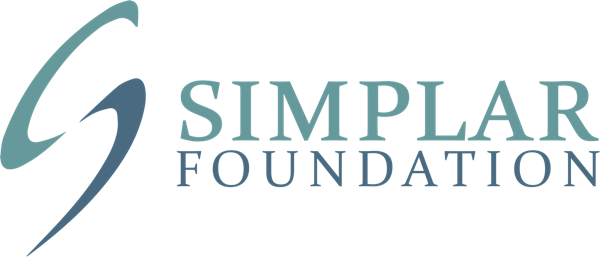Mother Nature
Is Taking Us to School
Let’s face it – everything has suddenly changed. Everything. We didn’t think that Mother Nature had this much power over the clever, inventive, and industrious human race. After all, we cure disease, create artificial intelligence, and walk on the moon. We can clone organisms and 3-D print an ear lobe. This isn’t the middle ages. The human race now has dominion over the natural world.
But Mother Nature has taken us to school. Just when we thought we had everything under control, everything changed. Change, as it turns out, is Mother Nature’s constant state of affairs. In itself, change is neither good nor bad; it simply is. It only becomes “bad” when we resist it. We defy Mother Nature at our own peril.
Changing with Change
Step 1 – Come Out of Denial
You cannot make the growling lion go away by squeezing your eyes shut. In today’s changing world, we must accept the fact that Mother Nature has reached down and dramatically altered our natural environment. Only when we accept that, will we begin to imagine the positive aspects of changing the way we do business to adapt to a new environment. Thinking that things will go back to “normal” after this sudden covid crisis, denies all previous experience. Changing circumstances never revert to the earlier norm. Things are always different after a market disruption.
Step 2 – Imagine and Design Your Company’s Positive Change
The most productive response we can adopt is to embrace these market disruptions as an opportunity to improve. To redesign and reimagine your company in this emerging new normal:
- Begin by identifying and measuring the market changes that have already taken place.
- Then, imagine the perfect company you would design to function efficiently in this new market.
- Color in the details – size and type of contracts – equipment needed – personnel required – amount of capital – etc.
- Quantify the design – how much money and time might each change require.
Step 3 – Implement the Changes
If, after some sleepless nights, you have changed your thinking and reimagined a post-covid construction organization that can function efficiently in a new ever-changing marketplace, don’t expect your entire company to immediately get in step.
Seek Input
A quote we use at the Simplar Institute:
“Organizational change is difficult. The average success rate of a change effort has a 10-20% chance of accomplishing the leaders’ goals. We have developed approaches that have resulted in a more successful organizational transformation. We understand that a traditional “train-the-trainer” approach is often insufficient. True knowledge transfer and mastery of new skills throughout an organization cannot be accomplished with a few videos and a couple hours in a classroom. A successful approach to organizational transformation requires skilled teaching, supported learning, and a sustained knowledge library.”
Simplar Research Findings
We have conducted research on over 350 different organization-change initiatives. We have studied over 100 organizations and documented the most common types of resistance to change & strategies to overcome.
Organizational Response to Change
- 10-20% will embrace change upfront.
- 10-25% will oppose, undermine, avoid, and delay.
- Effective change agents reduce resistance by a factor of 7x.
- Having a strategic perspective for the implementation and adoption of new methods decreases resistance of internal personnel by a factor of 6x.
- Leadership’s perspective should be organizational, but the real change occurs at the level of the individual project professional.
- Proper education and training reduces internal resistance to change and results in faster organizational adoption of new methods by a factor of 8x.
Become a Change Agent
Change is “not coming”; change is here. It is time to face that and take positive steps to redesign how your company does business. The Simplar Institute has helped many partners to know how to lead change, communicate change, train personnel, implement change across organizations, measure and track adoption, and sustain change through “generations” of employees. We stand ready to support construction concerns across the country as they navigate the unchartered waters of Mother Nature’s recent disruption of what we have all come to believe was the “norm”.


